Replication of DNA and Chromosomes/ How do cells replicate their DNA? (Animation) no Audio
By: HWC
Date Uploaded: 04/24/2020
Tags: homeworkclinic.com Homework Clinic HWC Replication of DNA and Chromosomes How do cells replicate their DNA oriC DNA polymerase Ill Okazaki fragments orchestrate DNA synthesis Topoisomerase RNA nucleotides RNA primer sugar phosphate bond
DNA replication in E. coil begins at a site called oriC where a replication bubble forms. At either end of this bubble is a replication fork. Since DNA polymerase Ill can read its DNA template strand only in the 3' to 5' direction this means that one strand (leading) can be read continuously but the other (lagging) must be read in fragments (Okazaki fragments). A team of proteins work in concert to orchestrate DNA synthesis. Topoisomerase I prevents supercoiling upstream as the DNA strand is unwound by helicase. Primase lays down a temporary RNA sequence that enables DNA polymerase to begin synthesis. Single-strand binding proteins keep short segments of unwound DNA from folding over. Enough of the lagging strand now has been exposed to permit synthesis of an Okazaki fragment. To begin an Okazaki fragment. the enzyme primase must first lay down a short sequence of RNA nucleotides called a primer. Once the primer is laid down, DNA polymerase Ill can extend the primer, filling in the space between the newest primer and the primer of the previous Okazaki fragment. DNA polymerase Ill itself cannot remove the primer of the previous Okazaki fragment. So, when DNA polymerase Ill is finished, DNA polymerase I comes in and both removes the old RNA primer and replaces it with DNA. Finally, DNA ligase completes the Okazaki fragment by making the final sugar phosphate bond. Now the complex of proteins moves on, synthesizing the leading strand continuously and exposing a new segment of the lagging strand. Again, enough of the lagging strand has been exposed to permit synthesis of an Okazaki fragment. Primase lays down a short sequence of RNA nucleotides called a primer. Once the primer is laid down, DNA polymerase Ill extends the primer, filling in the space between the newest primer and the primer of the previous Okazaki fragment. Notice that the single-strand binding protein, which had been attached to the lagging strand, is removed as the DNA polymerase moves along the strand. When DNA polymerase ll is finished, DNA polymerase I comes in and both, removes the old RNA primer and replaces with DNA. Then DNA ligase finishes the Okazaki fragment by forming the final sugar-phosphate bond. This sequence of events continues in DNA replication until the entire chromosome is replicated.
Add To
You must login to add videos to your playlists.
Advertisement




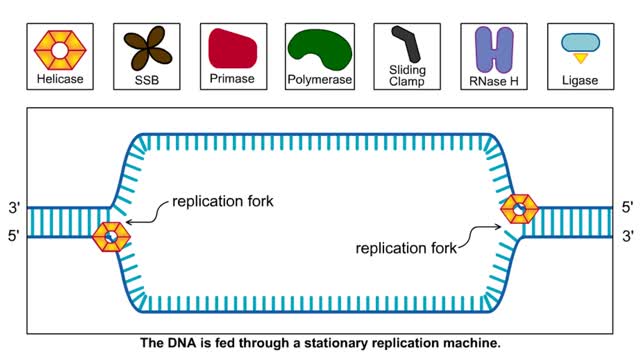


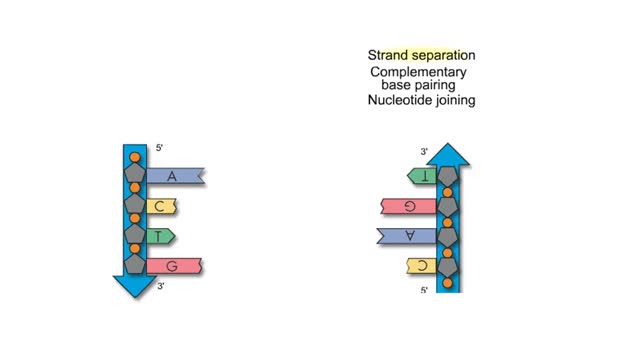
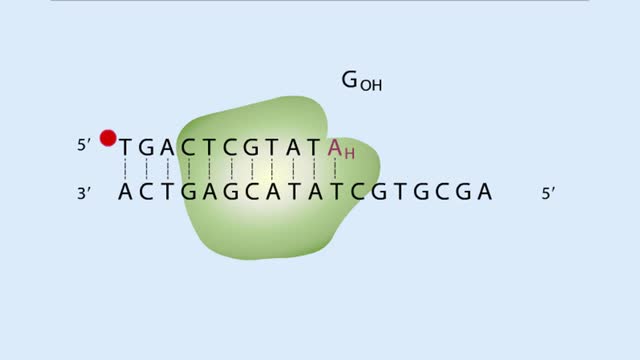

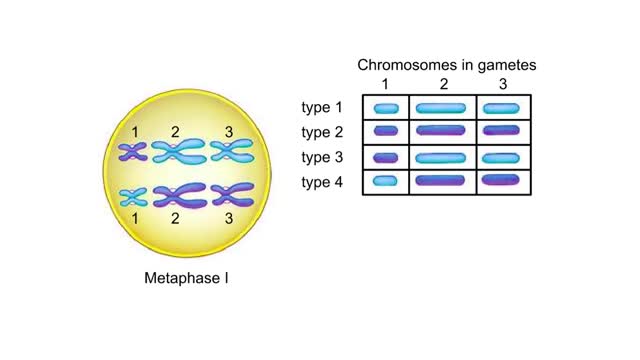
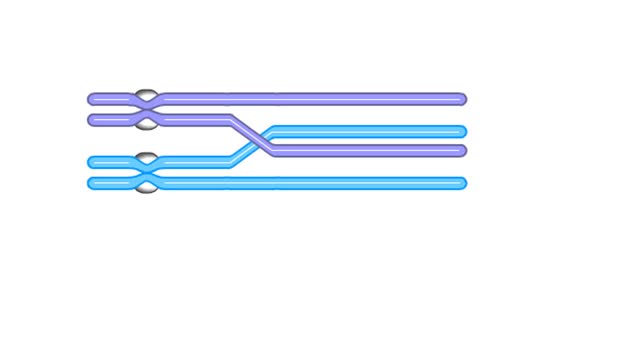
Comments
0 Comments total
Sign In to post comments.
No comments have been posted for this video yet.